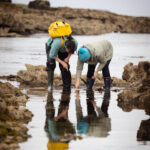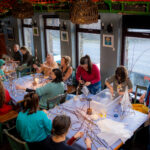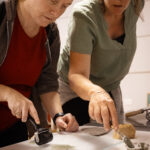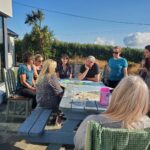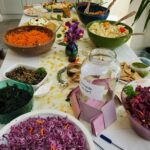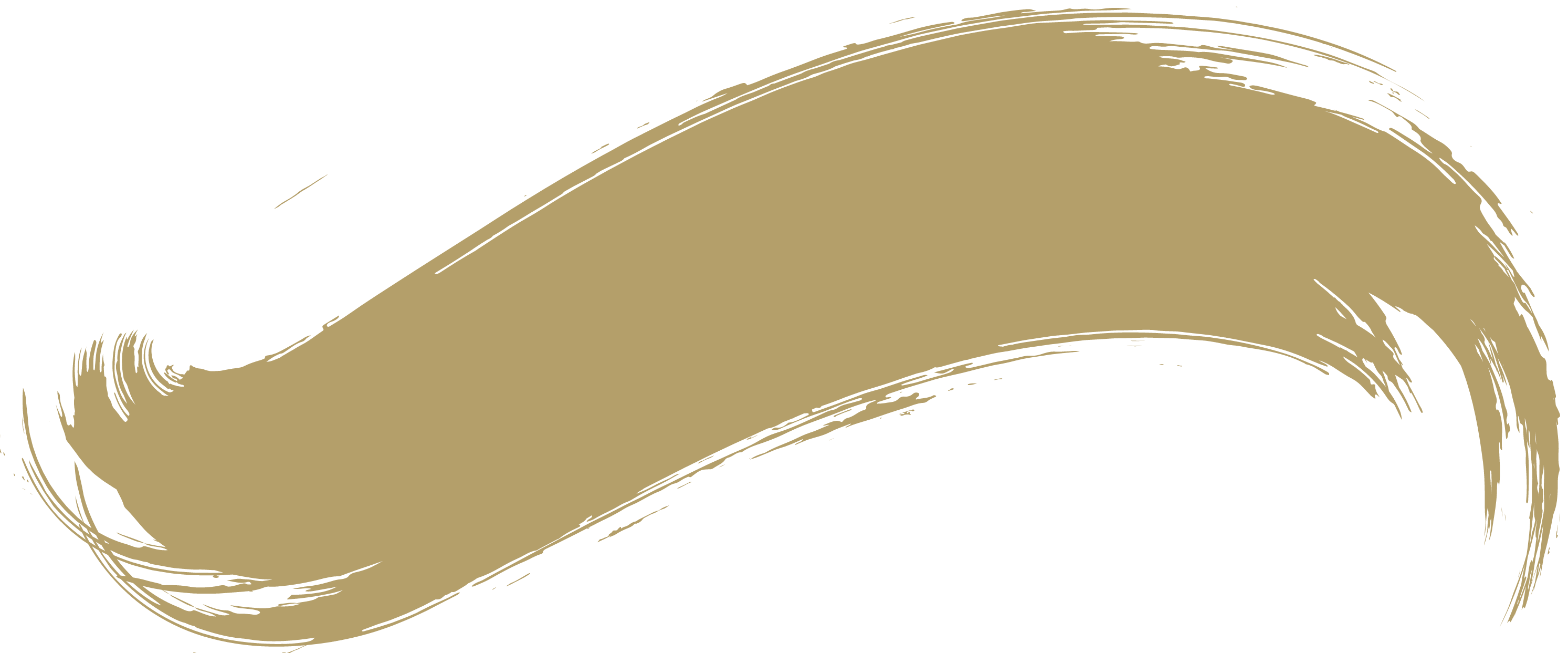Neart na Machairí (Creative Coastal Resilience) is a two-year initiative led by Maharees Conservation Association in partnership with Dingle Hub, supported by Creative Ireland. This dynamic, community led project asks a powerful question: How do you engage an entire community to think about the future of their place in terms of climate change and biodiversity loss?
The project worked with ten local community partners from different backgrounds including farming, fishing, tourism and hospitality, students, families, and one long-term visitor, to co-create a learning journey around climate adaptation. Their shared goal: to give local community members the tools and knowledge to figure out a way forward together. This has led to the development of a locally grounded, community-led climate adaptation plan.
Along the way, they’ve taken part in expert talks, field trips, interviews and creative workshops designed by three Embedded artists Emer Fallon, Silke Michels and Zoë Uí Fhaoláin Green. Emer, Silke and Zoë have played a central role in shaping the project’s identity. Their work, which ranges from cyanotype flag-making and community mapping to sound-based storytelling, has opened spaces for residents to connect with each other, their environment, and their future.
‘A less tangible but essential element to the project is relationship-building,’ says artist Zoë Uí Fhaoláin Green. ‘Socially engaged arts practices like walking and talking together, deep listening, and interactive deep mapping have led to new friendships, working project groups, deeper collaborations and greater trust between the artists and the locals.’
Last September, the team hosted a community feast using ingredients sourced almost entirely from Maharees, or locally foraged. This event, along with willow lantern workshops, nature-based learning days, public exhibitions, and a series of creative activities as part of World Sand Dune Day, has transformed climate engagement from an abstract policy conversation to an embodied, joyful, and importantly, accessible experience.

Community partners have seen a clear shift in personal awareness and behaviour, rethinking shopping habits, energy use, and daily decisions through the lens of climate and biodiversity. More importantly, they’ve found strength in collective action.
‘All the learnings for me are around the benefits of working together against climate change,’ said Community Partner Pat Frank Hennessy. ‘I’ve always been inclined to do things on my own, so the big takeaway for me is around sustainability as a platform for creativity and for empowering communities, and people coming together to work on a positive, shared goal. That’s been a big wake up call. Community resilience is a brilliant vehicle to bring people together. It makes me happy – if there was a happiness index, I’d definitely be a few rungs up on the ladder than when I started.’
That energy is spreading. Public talks in Castlegregory have drawn audiences of 50 or more. Community produced leaflets for visitors are now widely distributed in accommodations and businesses. Conversations about climate change are more visible than ever, and there’s growing community interest in buying a community space to be used as a meeting hub and resilience centre.
The project’s influence has gone far beyond Maharees. Learning journeys have taken partners to Cloughjordan Ecovillage and BurrenBeo, while exhibitions and events have fostered dialogue with other coastal communities like Ballybunion, Inch and Rossbeigh.
Meanwhile, Maharees Conservation Association is finalising its Climate Adaptation Strat egy with an 82% community survey response rate – an extraordinary benchmark for engagement.
With support from Community Foundation Ireland, a locally voiced podcast is in production, preserving oral histories and community insights, while exploring positive futures. Listening stations will be set up across Maharees for the public launch this August.
Dingle Hub is already looking ahead, hoping to replicate and expand this model across the Corca Dhuibhne region. As General Manager Deirdre de Bhailís notes, ‘the project has turbo-charged climate action across the Dingle Peninsula by providing structure, resources, and trusted relationships to learn from this remarkable front-running community, and now we’re able to share those lessons to empower others. These lasting foundations wouldn’t have been possible without the support of Creative Ireland.’
And the journey continues; two more public events and final interviews with community partners and project team members are still to take place, and a short documentary capturing the project’s full story is due later this year.
"‘We are grateful for the focus this fund gave us to be creative and experimental in engaging our local community,’ said Aidan O’Connor, Chair of Maharees Conservation Association. ‘It has deepened our understanding of what the future may hold, and we feel we now face climate change with a greater sense of purpose, endeavour, courage, and unity - the hallmarks of resilience.”"
What’s clear already is that Neart na Machairí is more than a climate initiative, it’s a blueprint for how small communities can lead big change, with creativity at the heart of it all.
Acknowledgements
From the outset, Neart na Machairí has been co-created with the local community, involving hundreds of volunteer hours alongside the paid roles of Project Designer Zoë Rush, Project Evaluator Dr. Clare Watson, and three embedded artists.
We warmly acknowledge the invaluable contributions of Maharees Conservation members: Aidan O’Connor, Martha Farrell, Jeanne Spillane, and Patricia Herrero, whose expertise and dedication helped shape the project.
Special thanks also to Deirdre de Bhailís (Dingle Hub) and our committed Community Partners: Pat Frank Hennessy, Maria Browne Leahy, Kate Gay, Ben Spillane, Mairead Kinsella, Duncan Knox, Vincent Hussey, Hannah Hennessy, Ed Fitzgerald, and Nóirín Ní Laocha.
We are deeply grateful to the wider Maharees community, who supported us by giving talks, providing food and venues, and participating in surveys, workshops, and events throughout the project.

